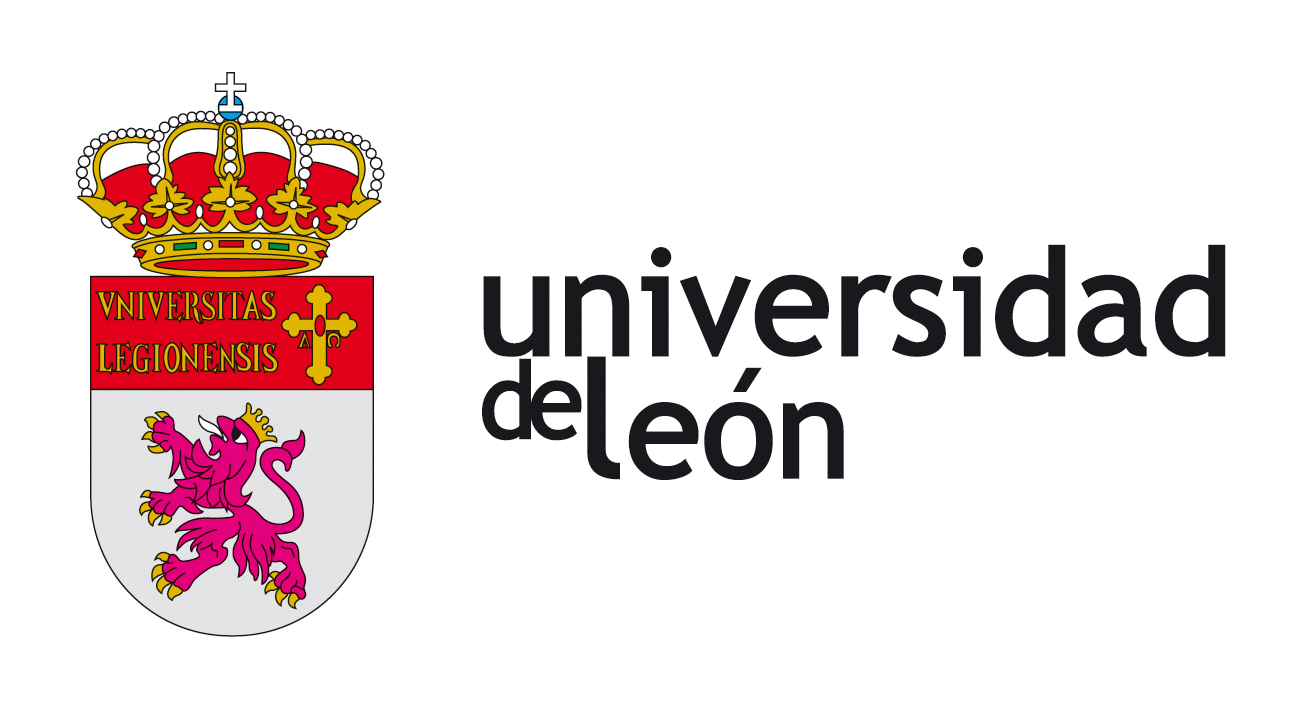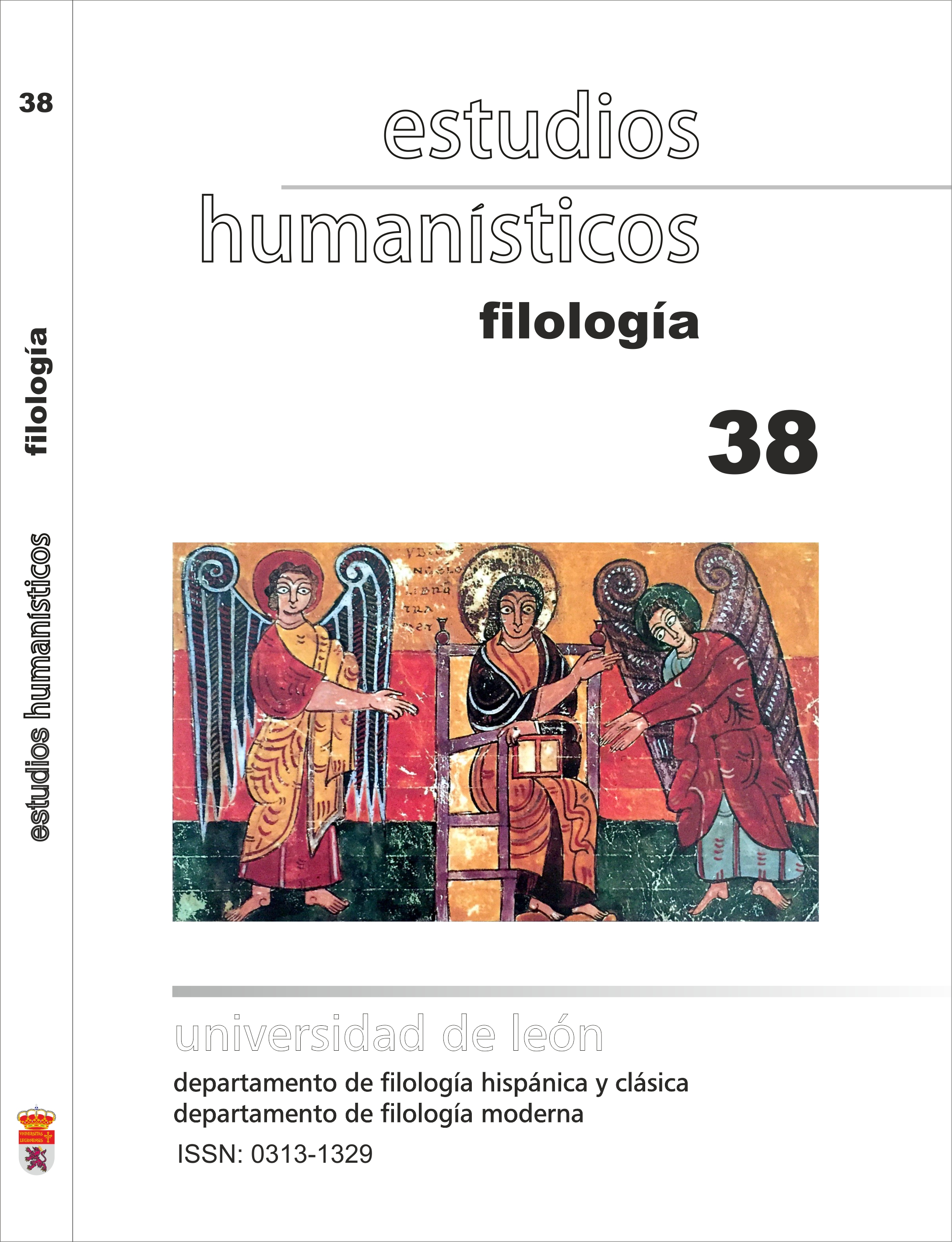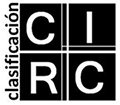Las colecciones de cuentos infantiles de Fernán Caballero y de los hermanos Grimm = The Children's tale collection by Fernán Caballero and the Grimm brothers
DOI:
https://doi.org/10.18002/ehf.v0i38.3698Parole chiave:
Fernán Caballero, Hermanos Grimm, narrativa, cuento literario, Romanticismo, Brother Grimm, Narrative, European tales, RomanticismAbstract
Varios cuentos españoles recogidos y publicados por Fernán Caballero poseen el mismo contenido o la misma estructura que los cuentos alemanes recogidos por los hermanos Grimm. En este artículo comentamos las razones, las relaciones históricas de España y Alemania en aquella época, las influencias literarias de otros países como Francia y los elementos tomados de la cultura popular, a partir de leyendas y mitos, de lugares o seres maravillosos que a lo largo de los siglos siempre han existido. A partir de estas preguntas relacionaremos las características comunes con el hecho de la aparición de diversos cuentos en varios países. Por otra parte los cuentos ejercen una importante función psicológica para niños porque expresan sentimientos humanos universales, independientes de la época y cultura.
A lot of Spanish fairytales collected and published by Fernán Caballero have the same content or the same structure as the German fairytales collected by the Brothers Grimm. In this article we will comment the reasons, the historic relationship between Spain and Germany during that epoch, the literal influences of other countries like France and the elements taken from popular culture, through legends and myths, marvelous places or beings which have always existed through all the centuries. All these questions will help to connect the common characteristics with the appearance of various fairytales in different countries. Another fact is that the fairytales perform an important psychological function for children because they deal with universal human feelings, regardless of the epochs and cultures.
Downloads
Métricas alternativas
Riferimenti bibliografici
Amores, Montserrat (2001): Fernán Caballero y el cuento folclórico, El Puerto de Santa María: Bollullo Artes Gráficas.
Baquero Goyanes, Mariano (1992): El cuento español del Romanticismo al Realismo (edición revisada por Ana L. Baquero Escudero), Madrid: CSIC.
Basile, Giambattista (1954): Das Pentameron (traducido del italiano por Adolf Potthoff, con un epílogo de Benedetto Croce), Hattingen: Hundt-Verlag.
Bettelheim, Bruno (1976): The Uses of Enchantment. The Meaning and Importance of Fairy Tales, Londres: Thames and Hudson.
Bolte, Johannes-Polívka, Georg (21963a): Anmerkungen zu den Kinder- und Hausmärchen der Brüder Grimm (N° 1-60), vol. 1, Hildesheim: Georg Olms Verlagsbuchhandlung.
Bolte, Johannes-Polívka, Georg (21963b): Anmerkungen zu den Kinder- und Hausmärchen der Brüder Grimm (N° 61-120), vol. 2, Hildesheim: Georg Olms Verlagsbuchhandlung.
Bolte, Johannes-Polívka, Georg (21963c): Anmerkungen zu den Kinder- und Hausmärchen der Brüder Grimm (N° 121-225), vol. 3, Hildesheim: Georg Olms Verlagsbuchhandlung.
Caballero, Fernán (1878): “Cuentos, oraciones, adivinas y refranes populares é infantiles“, en: Colección de Autores Españoles, vol. XL, Leipzig: Brockhaus. Encontrado en la página web: https://archive.org/details/cuentosoraciones00caba (consultado el 24 de septiembre de 2016)
Caballero, Fernán (1900): “Obras completas. Novelas. Lágrimas”, vol. IV, en: Colección de Escritores castellanos. Novelistas, Madrid: Est. Tipográfico «Sucesores de Rivadeneyra».
Faivre, Antoine (1979): Les contes de Grimm, mythe et initiation, Paris: Éditions Lettre Modernes.
Gerstner, Hermann (1952): Die Brüder Grimm. Ihr Leben und Werk in Selbstzeugnissen, Briefen und Aufzeichnungen, Ebenhausen: Wilhelm Langewiesche-Brandt.
Grimm, Jacob (1834): Reinhart Fuchs, Berlín: Reimer. Encontrado en la página web: http://books.google.de/books/about/Reinhart_Fuchs.html? hl=de&id=RQgYAAAAMAAJ (consultado el 24 de septiembre de 2016)
Grimm, Jacob-Grimm, Wilhelm (1980): Kinder- und Hausmärchen (con los comentarios originales de los hermanos Grimm y un anexo editado por Heinz Rölleke), vol. 3, Stuttgart: Philipp Reclam Jun.
Grimm, Jacob-Grimm, Wilhelm (1986a): Kinder- und Hausmärchen. Coleccionados por los hermanos Grimm (reimpresión de la primera edición de dos tomos de 1812 y 1815 basando en el ejemplar del Brüder-Grimm-Museum en Cassel con las diversas correcciones a mano y adiciones de los hermanos Grimm), vol. 1, Gotinga: Vandenhoeck & Ruprecht.
Grimm, Jacob-Grimm, Wilhelm (1986b): Kinder- und Hausmärchen. Coleccionados por los hermanos Grimm (reimpresión de la primera edición de dos tomos de 1812 y 1815 basando en el ejemplar del Brüder-Grimm-Museum en Cassel con las diversas correcciones a mano y adiciones de los hermanos Grimm), vol. 2, Gotinga: Vandenhoeck & Ruprecht.
Hamann, Hermann (1970) [1906]: Die literarischen Vorlagen der Kinder- und Hausmärchen und ihre Bearbeitung durch die Brüder Grimm, Nueva York: Johnson.
Herrero, Javier (1963): Fernán Caballero: un nuevo planteamiento, Madrid: Gredos.
Klibbe, Lawrence H. (1973): Fernán Caballero, Nueva York: Twayne Publishers, Inc.
Leprince de Beaumont, Jeanne-Marie (1995): Le magasin des enfants. La Belle et la Bête et autres contes, Arles: Éditions Philippe Picquier.
Lüthi, Max (200410): Märchen (elaborado por Heinz Rölleke), Stuttgart/Weimar: Metzler.
Mackensen, Lutz Dr. (1923): “Der singende Knochen. Ein Beitrag zur vergleichenden Märchenforschung“, en: Walter Anderson et al. (eds.): FF Communications, N° 49, Helsinki: Suomalainen Tiedeakatemia.
Morote Magán, Pascuala (2002): “El cuento de tradición oral y el cuento literario: de la narración a la lectura“, en: Antonio Mendoza Fillola (coord.): La seducción de la lectura en edades tempranas, Madrid: Ministerio de Educación, Cultura y Deporte, Secretaría General Técnica, 159-197.
Nathhorst, Bertel (1969): Formal or Structural Studies of Traditional Tales. The usefulness by Vladimir Propp, Alan Dundes, Claude Lévi-Strauss and Edmund Leach (tesis doctoral Universidad de Estocolmo), Estocolmo: Kungl Boktryckeriet P.A. Norstedt & Söner.
Neumann, Siegfried (1986): “Zur Entstehung und zum Charakter der Grimmschen “Kinder- und Hausmärchen“. Bemerkungen aus volkskundlicher Sicht“, en: Prof. Dr. Heinz Stiller (ed.): Jacob und Wilhelm Grimm. Vorträge anläßlich der 200. Wiederkehr ihrer Geburtstage (4. Januar 1785/24. Februar 1786), Sitzungsberichte der Akademie der Wissenschaften der DDR, Año 1985, N° 6/G, Berlín: Akademie-Verlag, 55-64.
Perrault, Charles-D’Aulnoy, Marie-Catherine (1935): Contes en vers et en prose, París: Ernest Flammarion.
Pöge-Alder, Kathrin (20112): Märchenforschung. Theorien, Methoden, Interpretationen, Tubinga: Narr Verlag.
Propp, Vladimir (1970): Morphologie du conte suivi de Les transformations des contes merveilleux et de E. Mélétinski L’étude structurale et typologie du conte (traductions de Marguerite Derrida, Tzvetan Todorov et Claude Kahn), París: Éditions du Seuil.
Rodríguez Almodóvar, Antonio (1988): “Los cuentos populares o la tentativa de un texto infinito“, en: José Varela Ortega (dir.): Revista de Occidente, N° 91, Madrid: Fundación José Ortega y Gasset-Gregorio Marañón, 81-93.
Röhrich, Lutz (19743): Märchen und Wirklichkeit, Wiesbaden: Franz Steiner.
Röhrich, Lutz (1991): “Der Herr der Tiere“, en: Arnica Esterl y Wilhelm Solms (eds.): Tiere und Tiergestaltige im Märchen, Regensburg: Erich Röth Verlag, 30-47.
Rölleke, Heinz (1985): “Die Märchen der Brüder Grimm. Eine Einführung“, en: Peter Brang et al. (eds.): Artemis Einführungen, vol. 18, Múnich-Zúrich: Artemis Verlag.
Schlegel, August Wilhelm (1965): Geschichte der romantischen Literatur, Stuttgart: W. Kohlhammer Verlag.
Schlegel, August Wilhelm (1966): “Vorlesungen über dramatische Kunst und Literatur“, vol. 1, en: Edgar Lohner (ed.): Kritische Schriften und Briefe, V, Stuttgart/Berlín/Colonia/Maguncia: W. Kohlhammer Verlag.
Solms, Wilhelm (1991): “Die Gattung Grimms Tiermärchen“, en: Arnica Esterl y Wilhelm Solms (eds.): Tiere und Tiergestaltige im Märchen, Regensburg: Erich Röth Verlag, 195-215.
Thompson, Stith (1956a): Motif-Index of Folk-Literature. A Classification of Narrative Elements in Folktales, Ballads, Myths, Fables, Mediaval Romances, Exempla, Fabliaux, Jest-Books and Local Legends (revidaso y ampliado), vol. 2, Copenhague: Rosenkilde and Bagger.
Thompson, Stith (1957a): Motif-Index of Folk-Literature. A Classification of Narrative Elements in Folktales, Ballads, Myths, Fables, Mediaval Romances, Exempla, Fabliaux, Jest-Books and Local Legends (revidaso y ampliado), vol. 4, Copenhague: Rosenkilde and Bagger.
Thompson, Stith (1957b): Motif-Index of Folk-Literature. A Classification of Narrative Elements in Folktales, Ballads, Myths, Fables, Mediaval Romances, Exempla, Fabliaux, Jest-Books and Local Legends (revidaso y ampliado), vol. 5, Copenhague: Rosenkilde and Bagger.
Uther, Hans-Jörg (2004): “The Types of International Folktales. A Classification and Bibliography” (Part I, Animal Tales, Tales of Magic, Religious Tales, and Realistic Tales), en: Satu Apo et al. (eds.): FF Communications, N° 284, Helsinki: Suomalainen Tiedeakatemia.
Uther, Hans-Jörg (20132): Handbuch zu den »Kinder- und Hausmärchen« der Brüder Grimm. Entstehung – Wirkung – Interpretation, Berlín-Boston: De Gruyter. Von Beit, Hedwig (1952): Symbolik des Märchens. Versuch einer Deutung, Bern: A. Francke AG.
Von der Leyen, Friedrich (1964): Das deutsche Märchen und die Brüder Grimm, Düsseldorf/Colonia: Eugen Diederichs.
Downloads
Pubblicato
Come citare
Fascicolo
Sezione
Licenza
Copyright (c) 2016 Simone Mann

Questo lavoro è fornito con la licenza Creative Commons Attribuzione - Non commerciale - Condividi allo stesso modo 4.0 Internazionale.
Los autores o autoras que publican en esta revista están de acuerdo con los siguientes términos:
- Los autores o autoras conservan los derechos de autoría de su trabajo y ceden de forma no exclusiva los derechos de explotación (reproducción, distribución, comunicación pública, transformación) a la Universidad de León, por lo que pueden establecer, por separado, acuerdos adicionales para la distribución no exclusiva de la versión de la obra publicada en la revista (por ejemplo, alojarlo en un repositorio institucional o publicarlo en un libro), con un reconocimiento de su publicación inicial en esta revista.
- Este trabajo se encuentra bajo la Creative Commons Attribution-NonCommercial-ShareAlike 4.0 International License. Puede consultarse desde aquí la versión informativa y el texto legal de la licencia.
- Se permite y se anima a los autores y autoras a difundir electrónicamente las versiones pre-print (versión antes de ser evaluada) y/o post-print (versión evaluada y aceptada para su publicación) de sus obras antes de su publicación, ya que favorece su circulación y difusión más temprana y con ello un posible aumento en su citación y alcance entre la comunidad académica.











